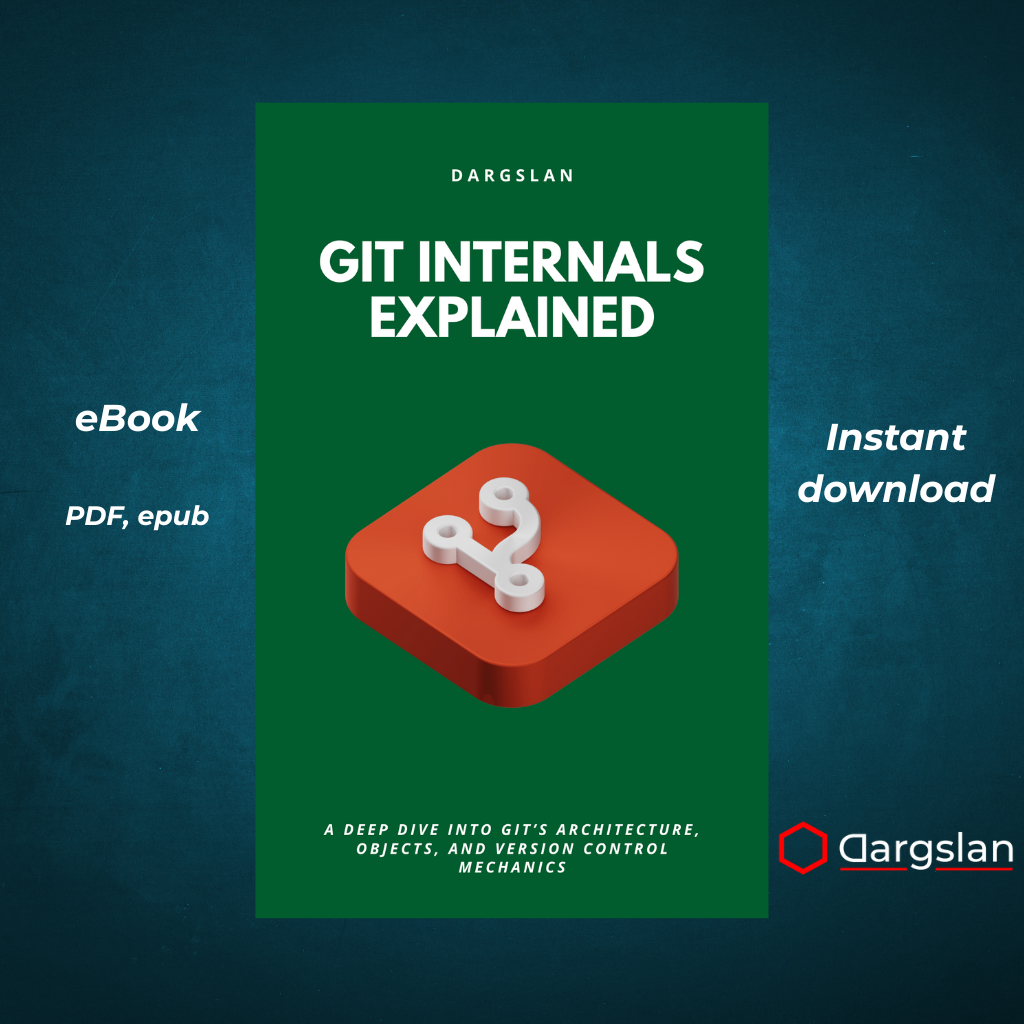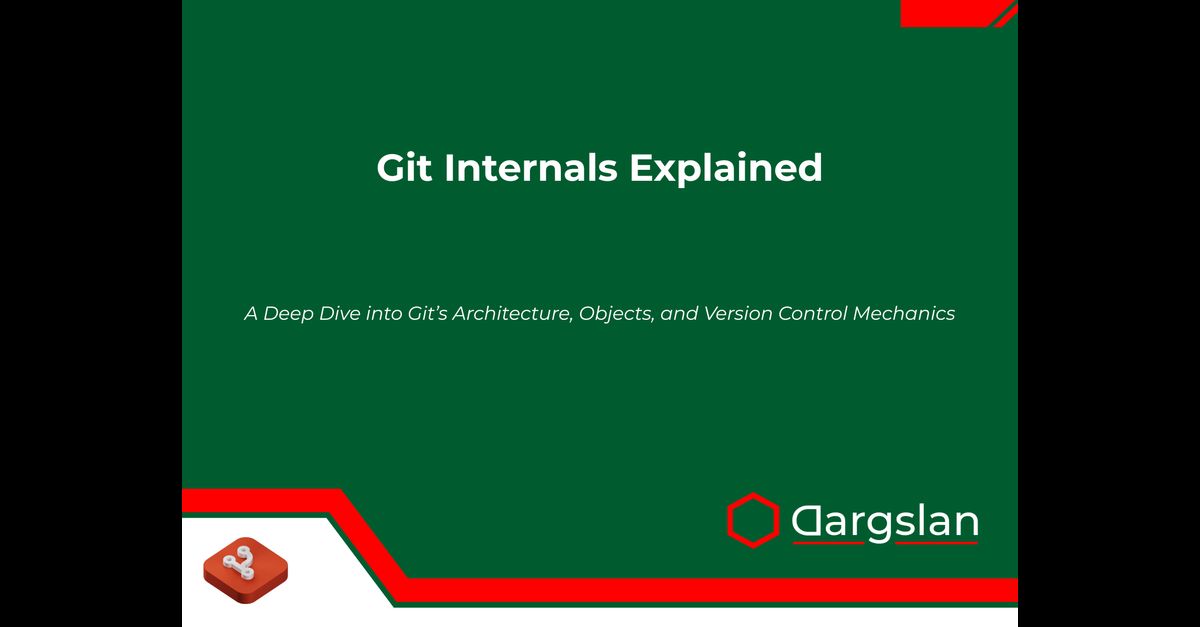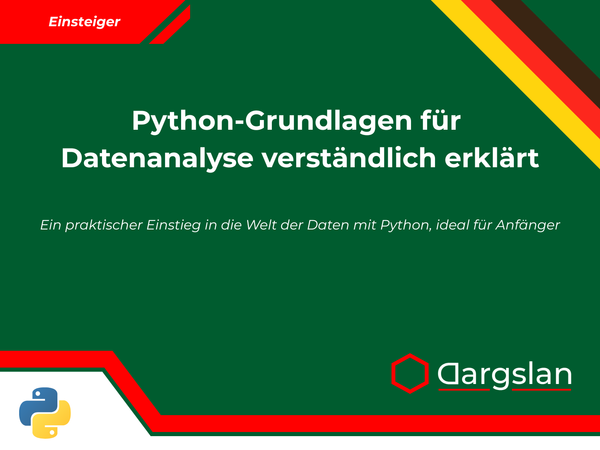Book Review: Git Internals Explained


Git Internals Explained
A Deep Dive into Git’s Architecture, Objects, and Version Control Mechanics
Git Internals Explained: A Deep Dive into Git's Architecture, Objects, and Version Control Mechanics
Comprehensive Book Review
Git has become the de facto standard for version control in modern software development. While millions of developers use Git daily, few truly understand what happens beneath the commands they type. "Git Internals Explained" offers an illuminating journey into the inner workings of Git, transforming what appears to be magic into comprehensible mechanics.
This meticulously crafted guide goes beyond the typical "how-to" approach, instead focusing on the "why" and "how" of Git's architecture. The author, Dargslan, brings clarity to Git's sophisticated design while maintaining accessibility for developers at various experience levels.
Chapter-by-Chapter Breakdown
Chapter 1: Introduction to Git's Philosophy
The book begins by establishing Git's philosophical foundations. Unlike centralized version control systems, Git was designed with a distributed approach inspired by Linux kernel development needs. This chapter explores:
- The content-addressable filesystem paradigm
- Linus Torvalds' design principles for Git
- How Git's snapshot-based approach differs from delta-based systems
- The significance of Git's distributed nature for modern development workflows
The author skillfully connects Git's philosophical underpinnings to its technical implementation, providing context for the architectural decisions explained in subsequent chapters.
Chapter 2: Git Under the Hood
Chapter 2 provides the first glimpse into Git's internal architecture, introducing:
- The structure and purpose of the
.gitdirectory - Git's three-state model (working directory, staging area, repository)
- How Git tracks content rather than files
- The fundamental data flow between Git's core components
Through clear diagrams and examples, readers gain an initial mental model of Git's infrastructure that serves as the foundation for deeper exploration.
Chapter 3: Git Objects Explained
This pivotal chapter dissects Git's object model—arguably the most important concept for understanding Git internals. Topics include:
- The four fundamental Git objects: blobs, trees, commits, and tags
- Content-addressing via SHA-1 hashing
- How Git guarantees data integrity through its object model
- Practical examples of creating and inspecting raw Git objects
The author shines when explaining how these seemingly simple objects combine to create Git's powerful versioning capabilities. Particularly valuable are the hands-on examples showing how to use low-level commands like git hash-object and git cat-file to examine Git objects directly.
Chapter 4: Git Index and Staging Area
Chapter 4 demystifies the staging area—a concept that confuses many Git users. Key insights include:
- The binary structure of the index file
- How Git tracks file metadata including permissions and timestamps
- The mechanics behind
git addand staging operations - How Git efficiently detects changes between working directory and index
By explaining the index's implementation details, the author transforms what many consider a confusing concept into a logical component of Git's architecture.
Chapter 5: Git References and Branches
This chapter elevates the reader's understanding of Git branches beyond the typical explanation:
- References as simple pointers to commit objects
- The internal representation of branches, tags, and HEAD
- How Git's lightweight branching enables powerful workflows
- The mechanics of branch operations like creation, deletion, and switching
The author excels at demonstrating how Git's reference system achieves remarkable flexibility through surprisingly simple implementation.
Chapter 6: How Git Stores History
Chapter 6 explores how Git creates and navigates commit history:
- The directed acyclic graph (DAG) structure of Git history
- Parent-child relationships between commits
- How Git implements history traversal
- The mechanics behind commands like
git logandgit blame
Through detailed visualizations and examples, readers gain insight into how Git's history-tracking mechanisms support its distributed nature.
Chapter 7: Internals of Merging and Rebasing
This chapter tackles complex operations that often cause developer anxiety:
- The three-way merge algorithm explained step-by-step
- How Git identifies common ancestors for merge operations
- The object-level mechanics of rebase operations
- Internal strategies for conflict detection and resolution
By explaining these operations at the object level, the author transforms them from mysterious processes into logical sequences, empowering readers to approach merging and rebasing with confidence.
Chapter 8: Git Packs and Compression
Chapter 8 reveals how Git achieves remarkable storage efficiency:
- The transition from loose objects to packed formats
- Delta compression algorithms used in Git
- The inner workings of garbage collection
- Network transfer optimization techniques
This exploration of Git's performance optimizations helps readers understand both the tool's capabilities and its limitations.
Chapter 9: Plumbing vs Porcelain
This chapter introduces Git's two-layer command structure:
- The distinction between user-friendly "porcelain" and low-level "plumbing" commands
- How high-level commands translate to plumbing operations
- Using plumbing commands for customization and troubleshooting
- Creating custom Git workflows with plumbing commands
The author provides practical examples of solving unique challenges using Git's plumbing commands, demonstrating the power of understanding Git's internals.
Chapter 10: Understanding Remotes and Push/Pull
Chapter 10 explains the distributed aspects of Git:
- The protocols and mechanisms for repository synchronization
- How Git determines what objects need to be transferred
- The negotiation process between Git clients and servers
- Implementation details of fetch, push, and pull operations
This thorough explanation helps readers understand common remote-related issues and how to diagnose them.
Chapter 11: Recovering from Disaster with Git Internals
This practical chapter applies internal knowledge to data recovery:
- Retrieving "lost" commits using Git's object persistence
- Understanding and leveraging the reflog
- Recovering from corrupted repositories
- Extracting content from dangling objects
The author provides step-by-step recovery procedures that demonstrate the practical value of understanding Git internals.
Chapter 12: Real-World Scenarios Using Git Internals
The final chapter applies the accumulated knowledge to solving real-world challenges:
- Creating custom Git workflows with hooks and plumbing commands
- Implementing advanced repository management techniques
- Optimizing Git for specific project requirements
- Case studies of complex scenarios solved through Git internals knowledge
These practical applications solidify the reader's understanding while providing immediately applicable techniques.
Appendices: Essential References
The book concludes with valuable reference materials:
- Appendix A: A comprehensive summary of Git commands and their internal operations
- Appendix B: Detailed specifications of Git object formats for custom tool development
- Appendix C: Carefully curated resources for continued learning
Who Should Read This Book
This book is indispensable for:
- Intermediate Git users seeking to deepen their understanding
- Professional developers who want to optimize their Git workflows
- DevOps engineers responsible for Git infrastructure
- Open-source contributors working with complex Git scenarios
- Anyone who has ever been frustrated by cryptic Git error messages
While beginners might find some concepts challenging, the author has taken care to provide clear explanations that build progressively, making Git internals accessible to motivated learners at all levels.
Key Strengths and Takeaways
"Git Internals Explained" stands out through several strengths:
-
Balance of theory and practice: Each concept is explained theoretically and then demonstrated with practical examples.
-
Progressive depth: The book builds knowledge incrementally, starting with fundamental concepts before exploring more complex topics.
-
Demystification: Complex Git operations are broken down into understandable components, removing the "magic" and replacing it with comprehension.
-
Troubleshooting power: Readers gain the knowledge to diagnose and solve Git problems rather than relying on memorized solutions.
-
Optimization insights: Understanding Git's internal mechanisms enables readers to optimize their workflows for specific project needs.
After reading this book, you'll view Git not as a collection of commands to memorize, but as a logical system with understandable components and operations. This mental shift transforms Git from a tool you use to a tool you command with confidence and precision.
Conclusion
"Git Internals Explained" delivers on its ambitious premise, providing a comprehensive journey through Git's internal architecture while remaining accessible and practical. Whether you're looking to solve specific Git challenges, optimize your workflow, or simply satisfy your curiosity about how Git works, this book offers invaluable insights that will transform your relationship with this essential developer tool.
By illuminating Git's internals, Dargslan has created a resource that not only enhances technical knowledge but also empowers readers to work more effectively with Git in their daily development practices. For anyone serious about software development, this book represents an investment that will pay dividends throughout your career.

Git Internals Explained






